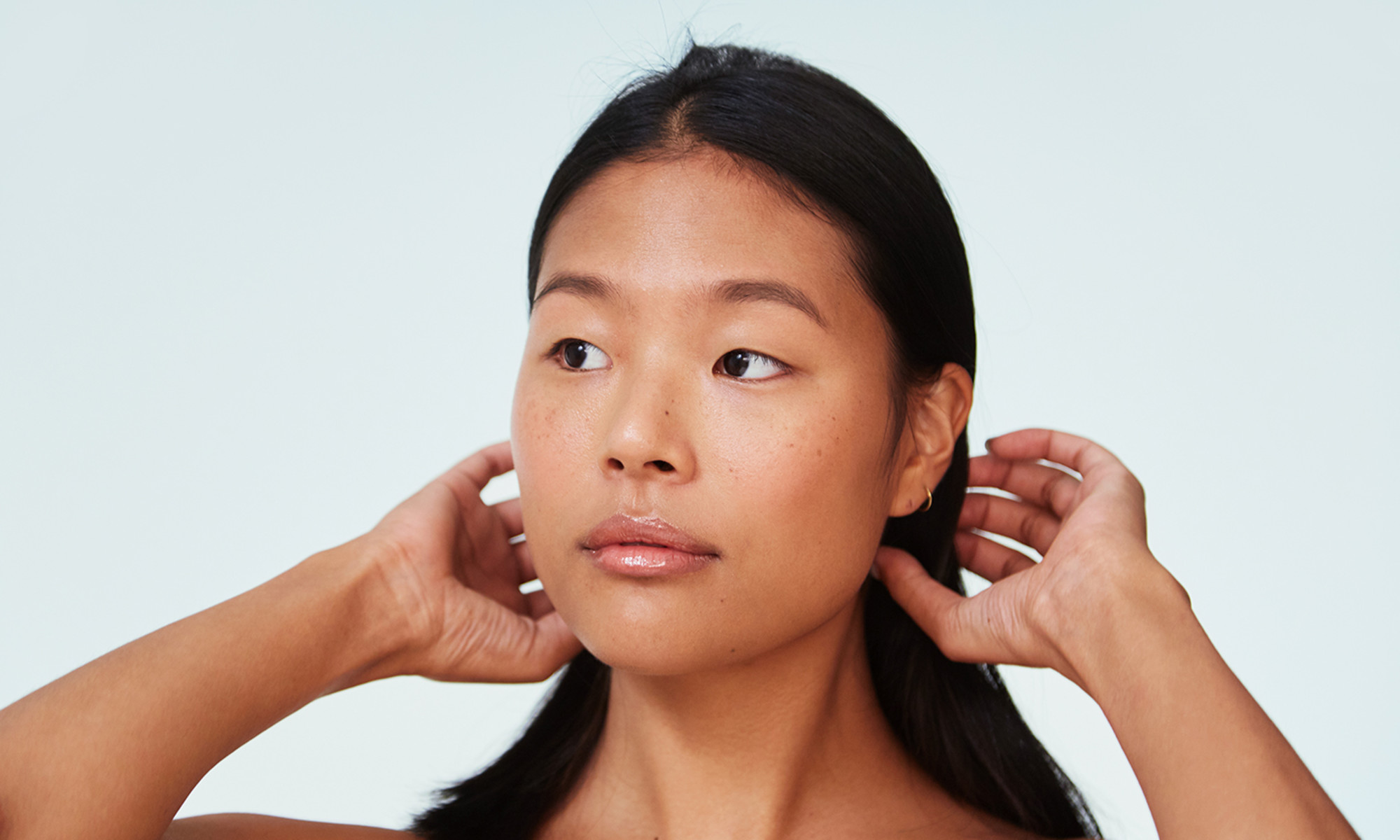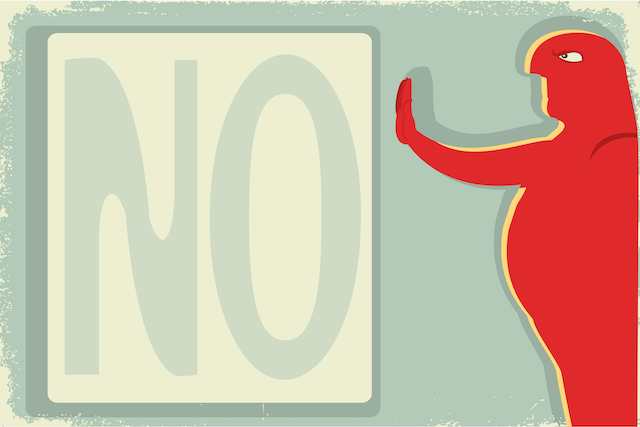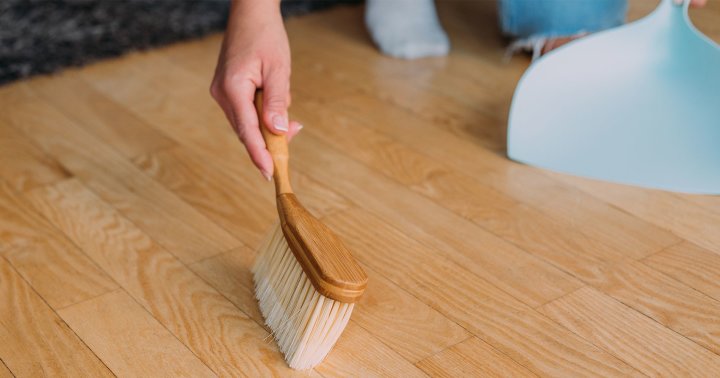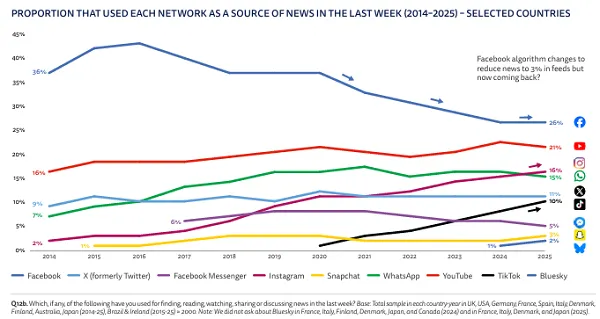Want To Even Out Your Skin Tone? Don’t Skip This Step
Signs your skin needs some T.L.C.


mbg Assistant Beauty Editor
mbg Assistant Beauty Editor
Hannah Frye is the Assistant Beauty Editor at mindbodygreen. She has a B.S. in journalism and a minor in women’s, gender, and queer studies from California Polytechnic State University, San Luis Obispo. Hannah has written across lifestyle sections including health, wellness, sustainability, personal development, and more.
Image by ohlamour studio / Stocksy April 24, 2023 Maintaining a perfectly even-toned complexion is practically impossible. Plus, it's not reasonable: Who doesn’t love a little natural flush every once in a while? So before you give yourself a hard time for any dimension in your skin tone, just know those fluctuations are normal and healthy. That being said, consistent ruddy or blotchy patches that stick around no matter what can become frustrating, and it may be a sign your skin barrier is damaged. Don’t worry; there are a few ways to heal those spots and keep your complexion in tip-top shape from here on out. 
Advertisement
This ad is displayed using third party content and we do not control its accessibility features.
Signs your skin barrier is damaged
Uneven skin tone can be a sign of many things—too much sun exposure, irritation from a new product, dryness, rosacea, and the list goes on. However, one common reason your skin may look more red than usual is a damaged skin barrier. Here, a few more signs this might be your situation:
Advertisement
This ad is displayed using third party content and we do not control its accessibility features.
How to heal it & keep it healthy
If you think a damaged skin barrier might be the case, stick with the following topical protocol:
The latter tip is oft-forgotten but incredibly important. To ensure your skin barrier stays supported from within, take a twofold approach: Drink enough water and ingest hydrating skin supplements.
See, your skin barrier can become damaged simply from dryness, and that's not exclusive to lack of topical moisturizers. What's more, natural hydrators in your skin like collagen, hyaluronic acid, and ceramides decrease as you age, which is why dryness often accompanies aging skin.
One way to support internal skin hydration is by replenishing those hyaluronic acid, collagen, or ceramides levels via ingestibles. Here’s why:
Advertisement
This ad is displayed using third party content and we do not control its accessibility features.
Some supplements even contain more skin-healthy ingredients, like healthy fats and antioxidants, so look for a robust skin supplement to get a bang for your buck—here’s a list of the best, expert-backed formulas available right now.
The takeaway
While there’s nothing wrong with uneven skin tone, persistent redness can become frustrating and may even signal skin barrier damaged. To heal it ASAP, eliminate irritating products from your routine, use topical hydrators, and hydrate from within. Want to dive deeper into skin barrier damage? Check out this guide for healing tips.

 Kass
Kass 






























